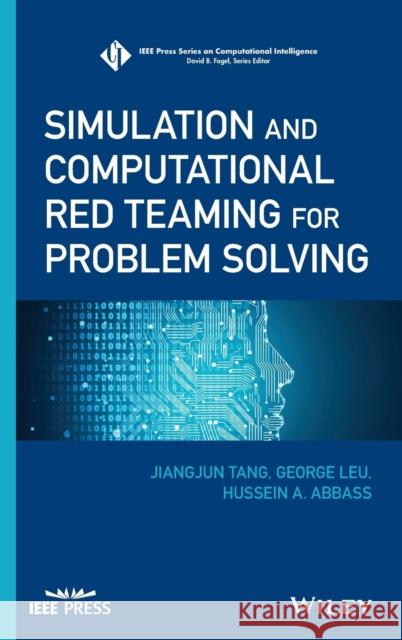Simulation and Computational Red Teaming for Problem Solving » książka
topmenu
Simulation and Computational Red Teaming for Problem Solving
ISBN-13: 9781119527176 / Angielski / Twarda / 2019 / 496 str.
Kategorie:
Kategorie BISAC:
Wydawca:
Wiley-IEEE Press
Seria wydawnicza:
Język:
Angielski
ISBN-13:
9781119527176
Rok wydania:
2019
Numer serii:
000906614
Ilość stron:
496
Waga:
0.90 kg
Wymiary:
23.11 x 15.49 x 2.79
Oprawa:
Twarda
Wolumenów:
01
Dodatkowe informacje:
Bibliografia











